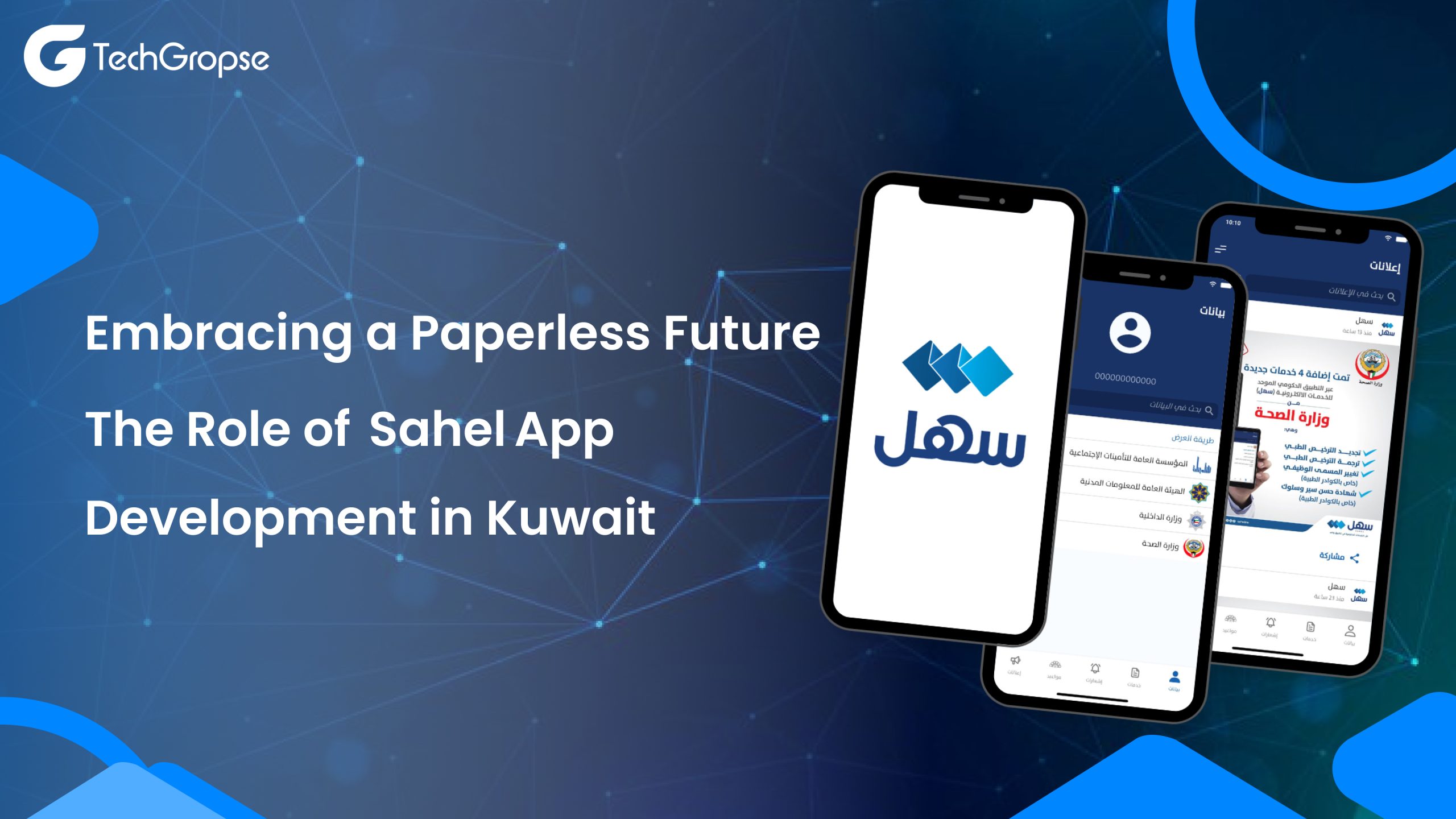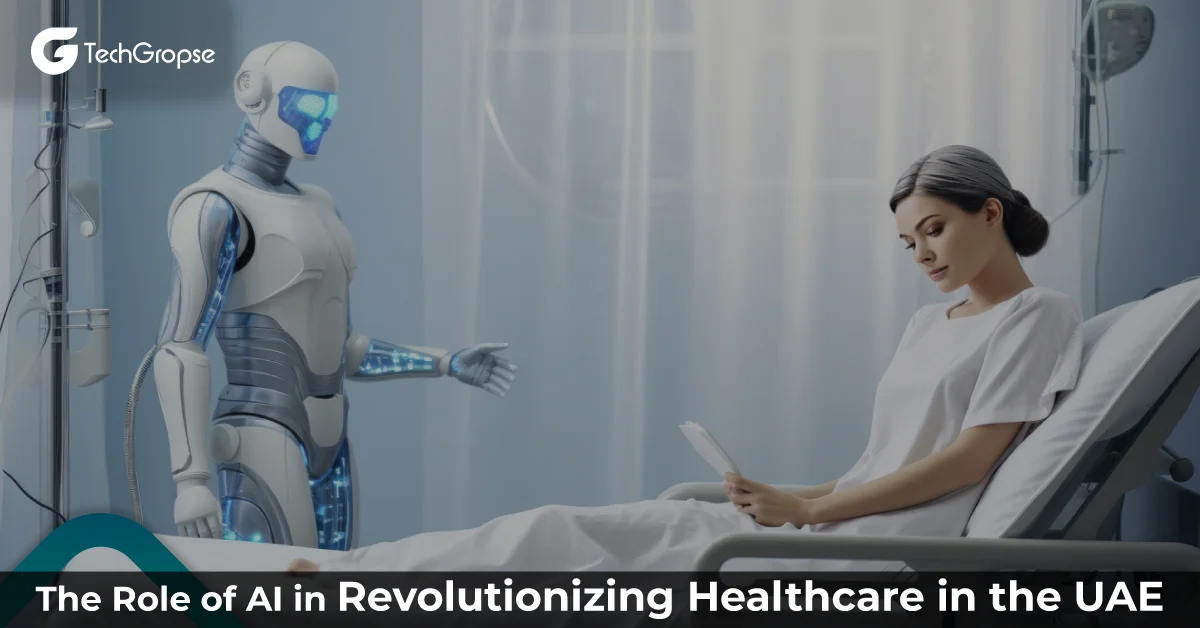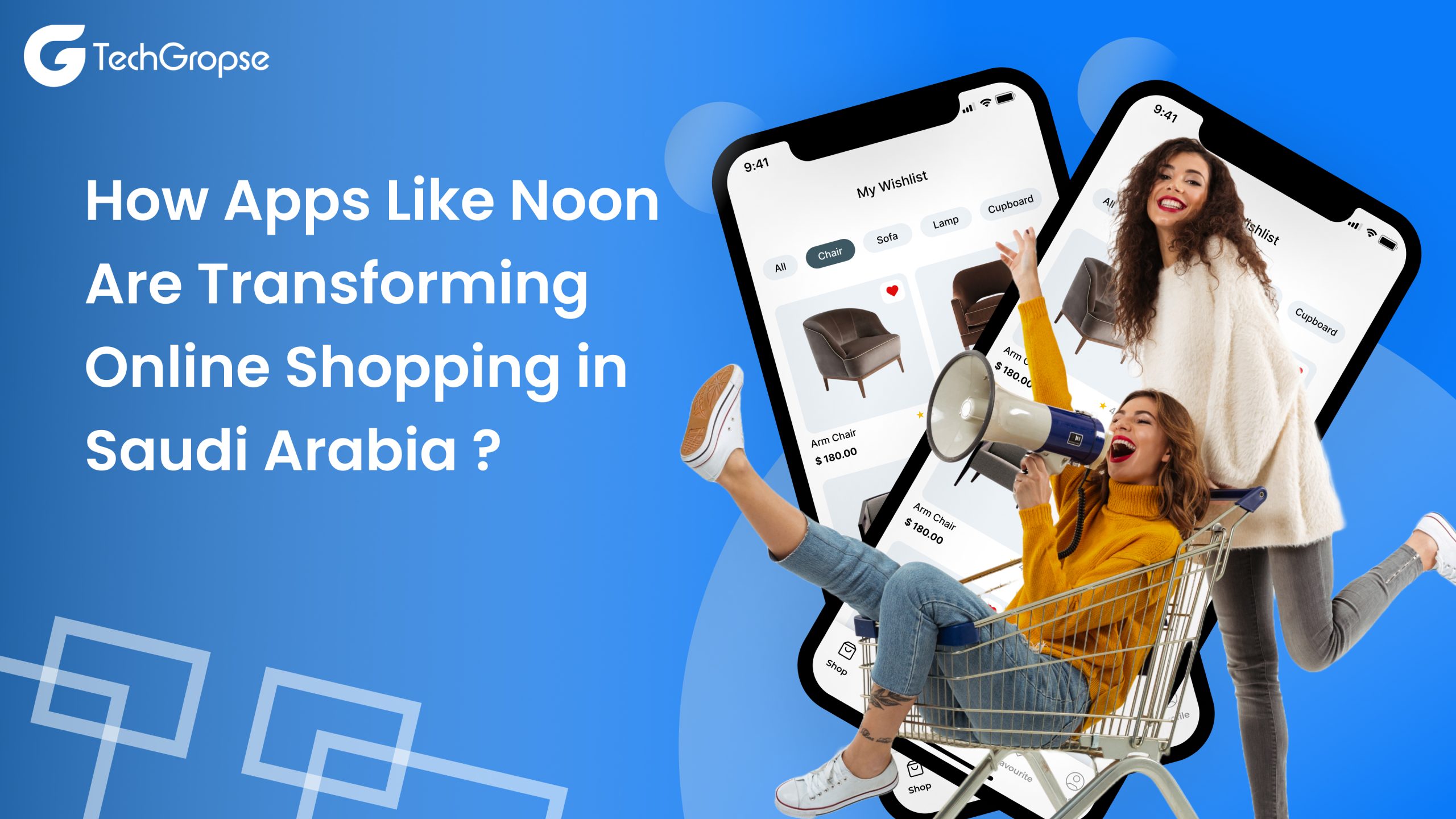The application of IoT in Healthcare has seen a sharp surge across the whole globe. The world is evident how greatly use cases of IoT in Healthcare are increasing despite the challenges this amalgamation faces. Patients’ interactions with doctors were limited before the Internet of Things to visits, teleconferences, and text messages. There was no means for doctors or hospitals to regularly assess patients’ health and make appropriate recommendations.
Know More: Internet of Things- Key Business Insights
Remote monitoring in the healthcare industry is now possible thanks to the Internet of Things (IoT)-integrated smart devices, which can keep patients safe and healthy while also empowering healthcare providers to provide superior treatment. As interactions with doctors have become easier and more efficient, it has also increased patient engagement and satisfaction. The Internet of Things (IoT) is undeniably changing the healthcare business by rethinking the area of devices and human contact in the delivery of healthcare solutions. Patients, families, physicians, hospitals, and insurance companies all benefit from IoT applications in healthcare.
IoT in Healthcare
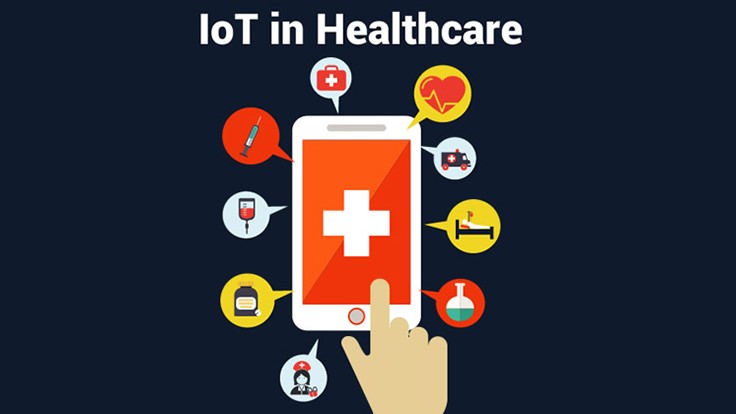
According to Brandessence market research, the IoT in healthcare is expected to hit $10 billion by 2024. Other major technologies influence this growth estimate. The Internet of Things (IoT) is steadily gaining pace and expanding in tandem with new ultra-fast 5G mobile wireless, Artificial Intelligence (AI), and Big Data. The healthcare business will most likely be transformed by combining these formidable technologies with the Internet of Things.
For example, IoT in healthcare combined with 5G wireless and AI might revolutionize how patients are monitored and treated remotely. The full implementation of this paradigm in healthcare is a shared goal, as it allows medical service providers to work more efficiently and patients to receive better care. There are unrivaled benefits to using this technology-based healthcare strategy, which could increase the quality and efficiency of treatments and, as a result, improve the health of senior people.
Most IoT applications in healthcare apps have thus far focused on improving care as a whole, with remote monitoring and telemonitoring being the most common uses within the wider framework of telemedicine. The tracking, monitoring, and maintenance of assets utilizing IoT and RFID is a second area where several projects exist. This is done at three different levels: medical equipment and healthcare assets, people, and non-medical assets (e.g. hospital building assets).
IoT and its Healthcare Application Explained
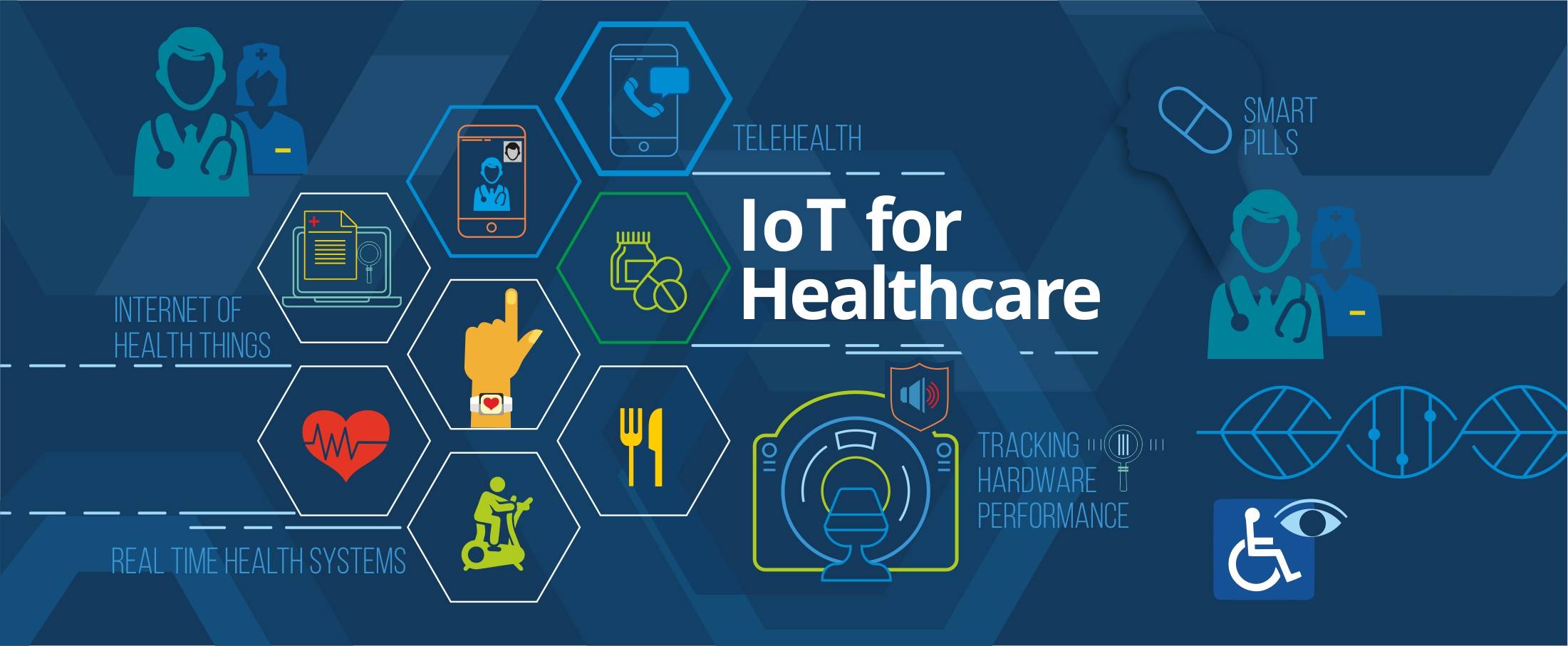
In a brief, the Internet of Things (IoT) is a concept based on complete ubiquitous computing, which is the processing of data related to external activities or things. Ubiquitous computing is linking electrical devices with microprocessors and sensors so that they may communicate with one another. The Internet of Things (IoT) is a pervasive network with the exception that all those electronic gadgets have an Internet connection.
The Internet of Things- IoT in the healthcare business is an excellent example of ubiquitous computing. Hundreds of intelligent electronic gadgets, for example, may be installed in a hospital to monitor patients’ health conditions 24 hours a day, communicate with one another, make choices, and upload data to a healthcare cloud platform.
Examples of IoT in Healthcare
How can the Internet of Things be utilized effectively in healthcare? Let’s take a look at three real-world Internet of Things healthcare cases.
- In emergency scenarios, such as from the ambulance or even at home, sensing and uploading up-to-date patient information to the cloud.
- Medical gadgets that can self-maintain themselves. IoT healthcare devices will be able to detect low thresholds, sense their components, and interact with medical professionals and manufacturers.
- IoT and wearables can allow homebound patients and the elderly to connect with healthcare providers directly.
- Telemedicine is a “primitive” type of the Internet of Things in the healthcare industry. Through video cameras and other electronic actuators, a patient may be viewed and, in certain situations, treated remotely via IoT.
IoT’s Role in Healthcare
Let’s take a look at how the Internet of Things works in general to get a better understanding of how it works in healthcare. As previously stated, an IoT unit is a gadget with a sensor that can interact with the actual world while also sending data to the Internet. These devices may collect a variety of patient data and receive feedback from healthcare professionals in the healthcare setting. Continuous glucose monitoring for insulin pens, for example, is an Internet of Things Healthcare example that works well for diabetic patients.
All of these technologies can interact with one another and, in certain situations, perform critical steps that might give immediate assistance or even save a life. For example, if an old person falls, an IoT healthcare gadget may make intelligent judgments such as phoning a healthcare institution. An IoT healthcare gadget would gather passive data and send it to the cloud so that clinicians could act on it — examine the overall patient state, see whether an ambulance is needed, what sort of assistance is needed, and so on.
As a result, the IoT in Healthcare has the potential to significantly enhance not only a patient’s health and assist in crucial circumstances, but also the productivity of healthcare workers and hospital procedures. Leading healthcare app development companies have already understood the assignment and are offering services for the same.
Process of IoT in Healthcare
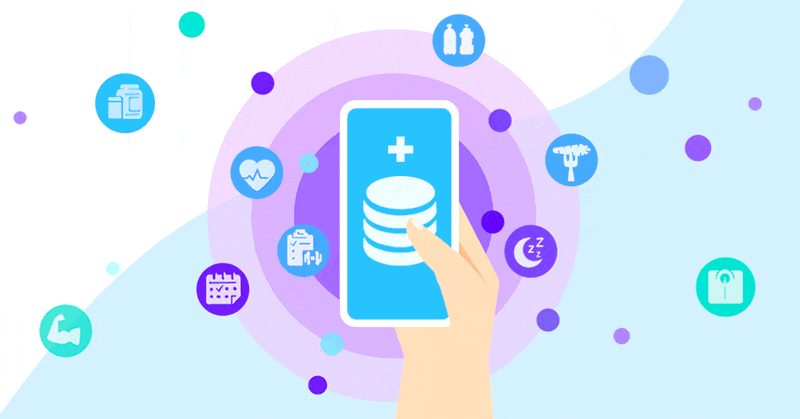
Let’s look at an example of an IoT healthcare workflow:
- A patient’s data is collected by a sensor, or data is entered by a doctor or nurse.
- With the aid of AI-driven algorithms like machine learning, and IoT devices analyses the acquired data (ML).
- The gadget must decide whether to take action or send the data to the cloud.
- Doctors, health practitioners, and even robots may use the data offered by IoT devices to make meaningful and educated choices.
Some Healthcare Monitoring Devices
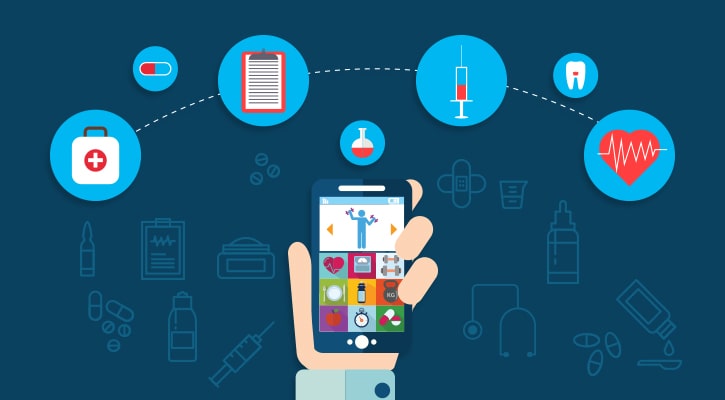
IoT devices open up a slew of new possibilities for healthcare providers to keep track of their patients, as well as for patients to keep track of themselves. As a result, the various wearable IoT devices provide a variety of benefits and problems for both healthcare practitioners and patients.
1. Patient Monitoring
The most popular use of IoT devices in healthcare is remote patient monitoring. IoT devices may gather health indicators such as heart rate, blood pressure, temperature, and more from patients who are not physically present in a healthcare institution, removing the need for patients to travel to physicians or collect data themselves.
When an IoT device captures patient data, it sends it to a software application where it may be seen by healthcare professionals and/or patients. Algorithms can be used to evaluate data to provide treatment recommendations or send out alarms. An IoT sensor that detects a patient’s exceptionally low heart rate, for example, may send out an alarm so that medical personnel may intervene. A key difficulty with remote patient monitoring devices is guaranteeing the security and privacy of the extremely personal data that these IoT devices collect.
2. Monitoring of Glucose in Body
Glucose monitoring has been challenging in history. Not only is manually checking glucose levels and recording findings difficult, but it also only reports a patient’s glucose levels at the moment the test is given. Periodic testing may not be enough to discover an issue if levels change considerably. IoT devices can help with these issues by offering continuous, automated glucose monitoring in patients. Glucose monitoring systems minimize the need for manual record-keeping and can notify patients when their glucose levels are dangerously low.
3. Heart-Rate Monitoring
Even for patients who are present in healthcare organizations, measuring heart rates, like glucose, can be difficult. Periodic heart rate checks can not protect against fast heart rate changes, and traditional hospital equipment for continuous cardiac monitoring require patients to be permanently tied to wired machines, limiting their movement.
Today, a range of compact IoT devices for heart rate monitoring is available, allowing patients to walk around freely while their hearts are continually monitored. Although achieving ultra-accurate readings remains a challenge, most current equipment can achieve accuracy rates of around 90% or higher.
4. Hand Hygiene Monitoring
There hasn’t been a reliable way to guarantee that providers and patients at a healthcare institution cleansed their hands correctly to reduce the danger of transmitting infection in the past. Many hospitals and other healthcare facilities now utilize IoT devices to remind patients to wash their hands before entering hospital rooms.
The gadgets can also offer guidance on how to clean to reduce a specific danger for a certain patient. The fact that these devices can only remind people to clean their hands, not do it for them, is a huge flaw. Nonetheless, evidence shows that these devices can cut infection rates in hospitals by more than 60%.
5. IoT Inhalers
Asthma and COPD are two conditions that frequently entail episodes that occur unexpectedly and without warning. Patients can benefit from IoT-connected inhalers since they can track the frequency of attacks and collect data from the surroundings to help healthcare experts figure out what caused an attack. Furthermore, linked inhalers with IoT can notify patients when they leave their inhalers at home, putting them in danger of experiencing an attack without it, or when they misuse their inhalers.
6. Automated Surgery
Surgeons can execute sophisticated surgeries that would be impossible to manage with human hands by implanting miniature Internet-connected robots within the human body. Simultaneously, robotic procedures using small IoT devices can minimize the size of incisions needed for surgery, resulting in a less invasive procedure and speedier recovery for patients. These gadgets must be tiny and dependable enough to allow for little disturbance during surgery.
They must also be able to decipher complicated inside circumstances to make the best judgments possible during surgery. However, IoT robots are currently being utilized in surgery, demonstrating that these issues can be effectively solved.
Also Read: 5 Reasons You Need an IoT Device Management Platform
Benefits of IoT in Healthcare
Integration of the internet of things, or IoT in the healthcare arena has several advantages, which is why it is in such high demand by businesses. Some of the advantages of IoT in the healthcare business are listed below.
1. The Use of Anti-Inflammatory Drugs
Healthcare providers may gain a better understanding of a patient’s current status by using real-time patient data offered by IoT devices. They can then propose the appropriate medications and treatments to avoid any undesired situations. Doctors may use data from the Internet of Things to track changes and identify potential problems before they become unmanageable diseases. In this situation, a combination of IoT technology and Artificial Intelligence might be more beneficial, since clinicians may use data analytics to identify the best course of action.
2. Quick Processing of Patient’s Data
IoT devices assist healthcare workers and physicians in processing extensive patient data in less time and with greater convenience; otherwise, this procedure would take a great deal of time and effort. The integration of IoT into the medical process, as well as Artificial Intelligence and Machine Learning, may greatly assist doctors in offering all possible therapies swiftly after evaluating associated data and previous trends about the patient’s health.
3. Improved Medical Resource Mobility
Businesses are hiring IoT app developers to help the medical industry with a tracking system that uses IoT to send out viral notifications. After seeing any significant changes in their characteristics, this tracking device is useful in quickly locating the patient and administering the appropriate medication.
Overlooking the situation of coronavirus pandemic, patients required more care than usual from medical professionals who were already overworked, necessitating the use of the most up-to-date equipment and resources by healthcare personnel to follow all patients in real-time.
4. Better Medicine Management and Monitoring
IoT-enabled medical apps can assist healthcare providers and doctors in determining whether or not a patient has taken the recommended medications. If there has been any non-compliance, the staff might phone the patients to remind them about their medications. This entire procedure may also be automated, removing the requirement for human intervention.
5. Improved Connectivity and Low-Cost
To improve data connectivity and sharing, businesses must engage skilled app developers to design IoT-assisted healthcare applications leveraging contemporary communication technologies. Technology such as Bluetooth or Wi-Fi may be used to track the progress of a probable sickness, making the process quick and straightforward, as well as cost-effective.
Future of IoT in Healthcare
Medical and healthcare applications of IoT are many and include a wide variety of technology, from future robots and drones to machine learning-based data analytics and predictive modeling. The rising maturity of UAVs (unmanned aerial vehicles), strong demand for telemedicine mobile tools and remote patient tracking technology, and the expanding significance of IoT in healthcare acknowledged by governments and investors were some of the early boosters of medical tech development.
Also Read: The Future of IoT in the Car Industry, IoT in Electrical Vehicle Management
UAVs are becoming increasingly common in the medical supply chain. Drones are being used to deliver medications to patients who are receiving therapy at home. Drones are even utilized to transfer donor blood in Rwanda, for example. Hire a leading app development company to discuss the scope if you have a healthcare app idea that concerns IoT.
To leverage IoT in healthcare, partnering with a skilled mobile app development company in Chicago can ensure secure, innovative, and user-friendly solutions.

Hello All,
Aman Mishra has years of experience in the IT industry. His passion for helping people in all aspects of mobile app development. Therefore, He write several blogs that help the readers to get the appropriate information about mobile app development trends, technology, and many other aspects.In addition to providing mobile app development services in USA, he also provides maintenance & support services for businesses of all sizes. He tried to solve all their readers’ queries and ensure that the given information would be helpful for them.








